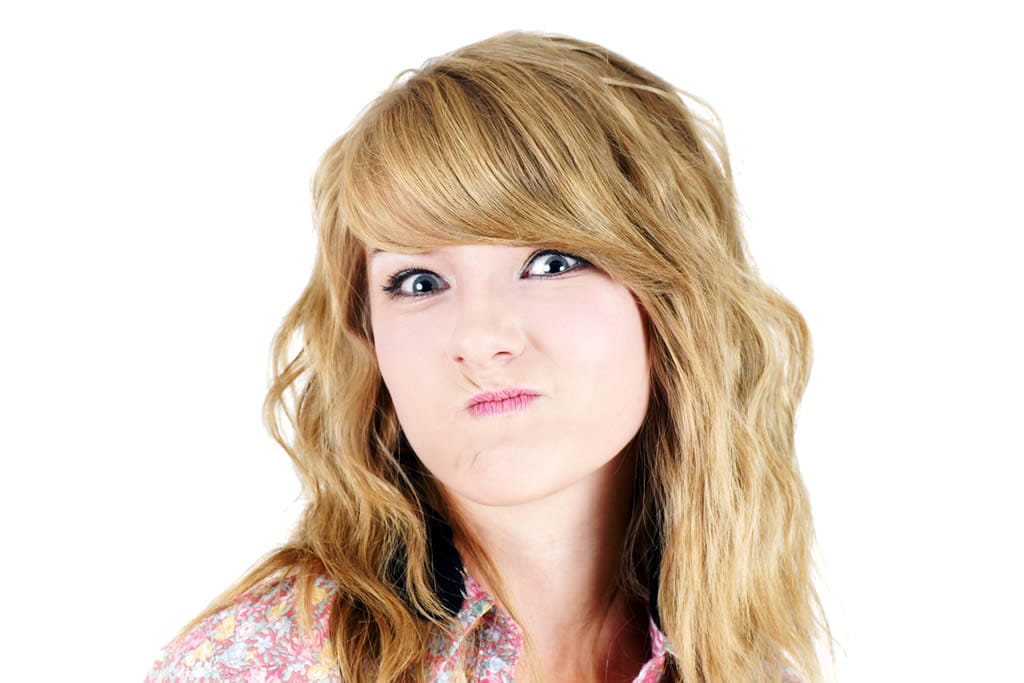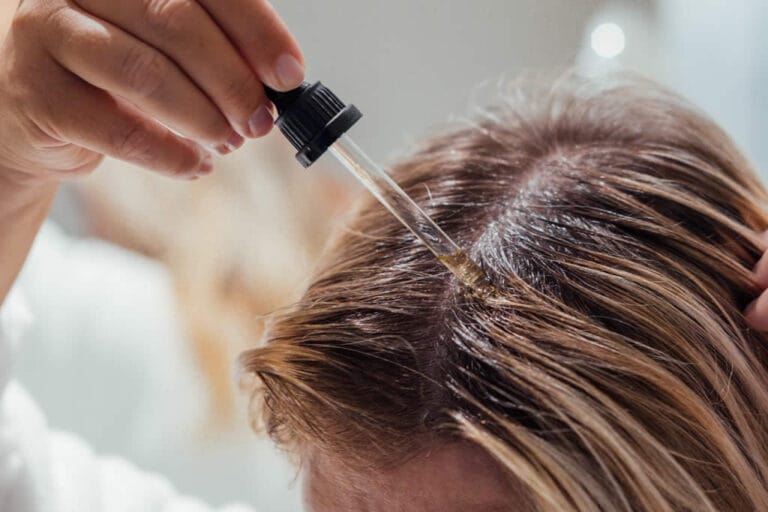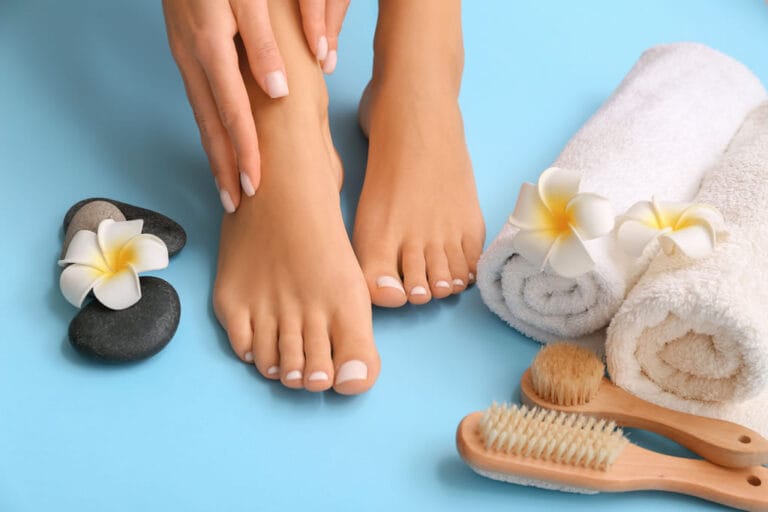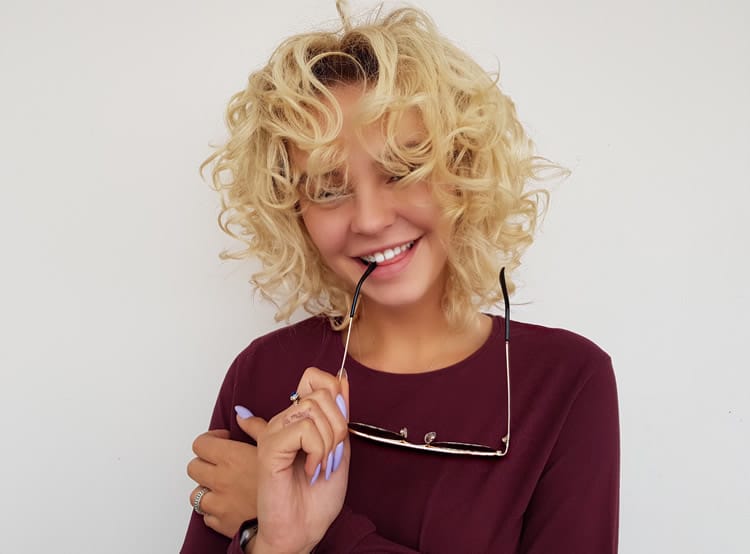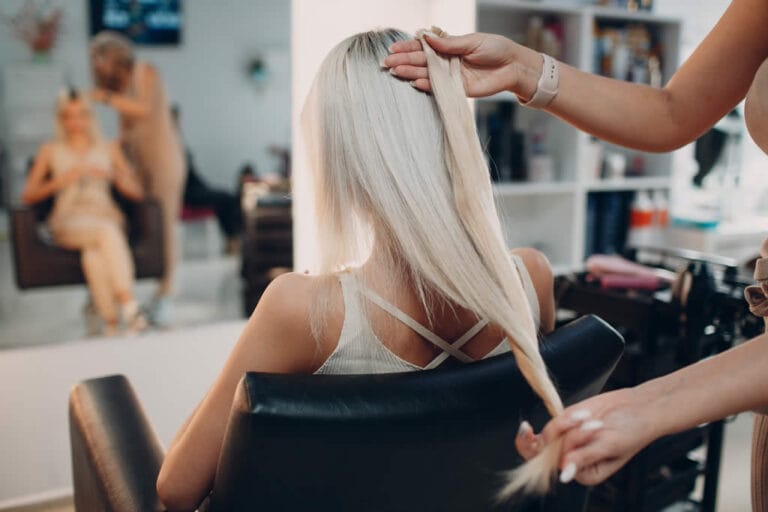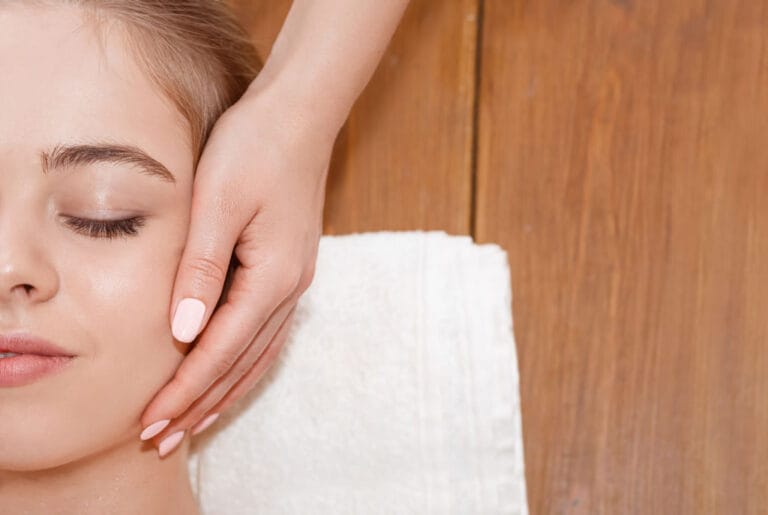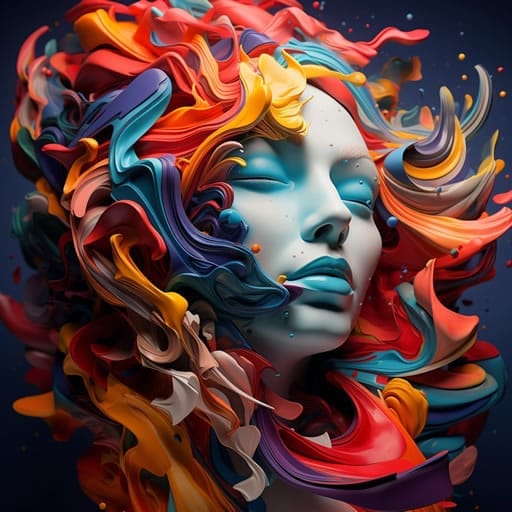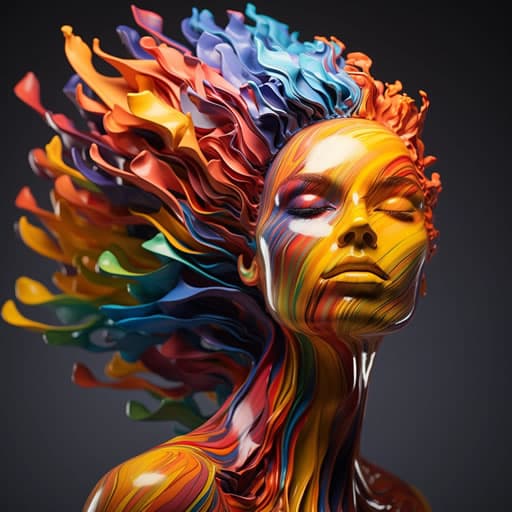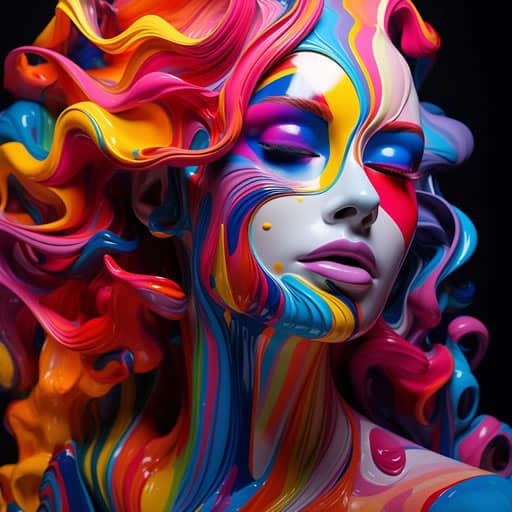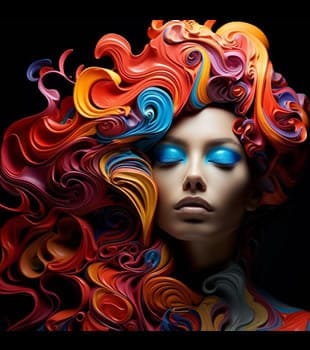Why Your Blonde Keeps Turning Brassy — And What to Do About It?
Brassiness is one of the most common frustrations among blondes (natural or not). It sneaks up fast, wrecks your tone, and makes your expensive color look cheap. The good news? It’s 100% manageable — if you understand why it’s happening in the first place.
As someone who’s corrected more brassy blondes than I can count, I’m here to give you the real talk. Not salon fluff. Not TikTok tricks. Just honest advice that works — and keeps working.
First, What Is Brassiness?
Brassiness refers to unwanted warm tones — usually yellow, orange, or red — that show up in lightened or highlighted hair over time. It happens when the underlying pigments in your hair start to resurface after coloring.
Here in Ellijay, we see a lot of well water, mineral-heavy tap systems, and plenty of outdoor time — and trust me, that combo is a recipe for brassy blondes if you’re not protecting your tone.
5 Reasons Your Blonde is Turning Brassy
- Water Quality (Especially in North Georgia)
Hard water and well water are full of minerals like iron and copper that deposit on your strands and oxidize over time. That means even the most perfect icy blonde can start turning orange at the ends.
Pro tip: Ask us about in-salon clarifying treatments or install a shower filter. Yes, it matters.
- Sun Exposure & Heat Tools
UV rays break down color molecules — especially in blonde and pastel hair. Same with high heat from your curling iron or straightener. Over time, you’re not just drying your hair — you’re fading the tone.
Wear a hat. Use a heat protectant. Ask us about UV shield sprays we actually use.
- Skipping Toner or Gloss Appointments
Blonde isn’t a “set it and forget it” color. Your toner is what gives your blonde its personality — cool, ash, champagne, beige, platinum. Without it, you’re just left with whatever your hair naturally wants to be (which is usually yellow).
We recommend gloss or tone refreshes every 4–6 weeks. Yes, even if your roots aren’t showing.
- The Wrong Shampoo (Or None at All)
Not all purple shampoos are created equal. Some are way too drying, others aren’t pigmented enough to help. And worst of all? Not using any at all between appointments.
We carry Innersense and All-Nutrient options we actually use on our own blonde clients.
- Previous Color History
If you’ve got layers of box dye or old highlights underneath, your blonde may not lift evenly — causing some areas to go brassy faster than others. That’s not your fault. That’s chemistry.
We customize every formula based on your hair’s history. One-size-fits-all blonding doesn’t fly here.
So, How Do You Fix It?
Here’s what we do at Art Works Salon in Ellijay to help our blondes stay bright, cool, and gorgeous — not goldfish orange.
Step 1: Clarify and Detox
Before we tone anything, we need to remove buildup. That means deep-cleansing treatments to get rid of minerals, metals, and product residue.
Step 2: Tone with Precision
We don’t “just use purple shampoo and pray.” We tone with intention. Every client gets a customized formula based on their undertones, lifestyle, and hair history.
Step 3: Rebuild and Hydrate
Lightened hair is fragile. We use bond builders, deep conditioners, and heatless techniques to rebuild strength and shine — because shiny hair reflects light better, which keeps your color looking fresher longer.
Step 4: Educate and Maintain
We’ll set you up with the right products, the right wash schedule, and a realistic maintenance plan that works for your lifestyle — not just your hair.

